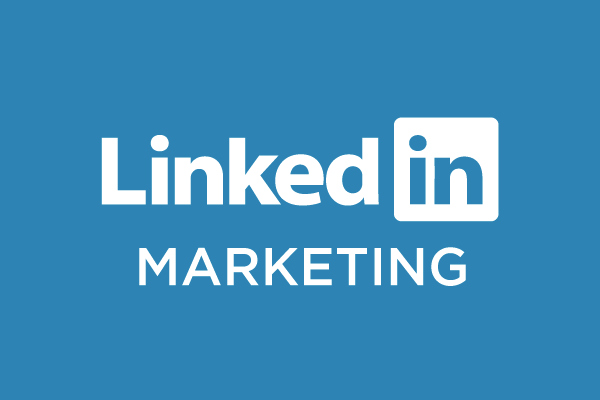Advertising on LinkedIn does not seem to be the hottest topic around when it comes to PPC, as is it is limited to certain amount of industries which find relevant audience there. Besides Recruiting, LinkedIn can be a very powerful tool for tech start ups for businesses building awareness for their solution, education platforms(online and on campus), but also some not so corporate tied businesses like fashion and food.
1, Targeting.
Targeting on LinkedIn is a little bit more robust compared to the fancy targeting segmentation offered by Facebook and incomparable to the levels of sophistication on Google. Here are some tips on how to get the maximum out of it.
The official guidelines of LinkedIn suggest a 60,000-600,000(?!) number of audience for Text Ads(the line text which appears on top of the page or in 3 blocks on the right handmade) and 300,000 for Sponsored Content(native sponsored article in the newsfeed) These are very vague rules and are difficult to follow if you are targeting a single European country.
From my experience targeting by Job Title can be very misleading as job titles with the same function vary a lot and certain companies give very senior sounding titles to junior staff. It’s better to use the Function targeting as it maps all profiles in 26 basic functions.

Age can be a tricky category as LinkedIn automatically calculates the age of a user assuming they were 21 when graduating their Bachelors. This varies a lot in different counties due to the different length of higher education, so don’t fully trust it, if you are targeting only one range age group.
Years of experience is a good filter, but beware as it does not distinguish full time and part time experience. For example, I had been working part time during my whole studies and around my graduation year I was chased by recruiters who thought I have 3 years of full-time experience. Very disappointing experience for both of us.

2. Bidding,
CPC(Cost per Click) and CPM (Cost per 1000 impressions) are both available for LinkedIn advertisers. Depending on your goal you can choose your strategy. If you are looking for lead generation, then CPC is the best way. Brand awareness campaigns can use CPM. In this case just set a total budget for the campaign without daily cap of spend to maximise your reach.
As in other PPC channels LinkedIn is using an auction to choose which ad to appear and when. The advertiser with high enough bidder and better quality score wins the auction. The formula is simple.
Ad Rank = Bid X Content Relevancy Score(CRS)
Here is an example of ranking calculation:

As you can see similar to Google Adwords’ auction the winner is both bidding high and also has an appealing ad. This is a second price auction, which means that the winner must only pay $0.01 more than the advertiser with second best combined score. The formula is:
Winning Price = Combined Score No2 + $0.01
CRS No1
3. Content Relevance Score.
This is similar to the Quality Score in Google Adwords which every keyword gets. How the Quality Score is calculated is a secret of both, Google and LinkedIn, but the factors taken into consideration are known.
Similar to Google, LinkedIn requires a higher CTR(click-through ratio) or having more from the people who see your ads click on them. A CTR ration lower that 0.025% on LinkedIn post means that you are probably not likely to win many auctions.
Other factors helping to increase your CRS are shares of your post, comments, likes and follows. Unlike Google, LinkedIn does not expose your quality score. Testing a variety of messages, images and styles can be a way of establishing what works best for you.
Having a high relevancy score is important. If your goal is generating leads, then what matters is not social actions, but conversions on your landing page. According to LinkedIn there is now connection between your relevancy score and the experience on your landing page. Google can severely penalise a bad landing page experience. This is why until recently there was a major difference in the quality of ads on both platforms.
LinkedIn is a network with great potential for reach and impact.
So happy targeting and see you next week!

